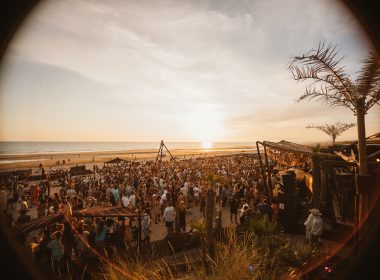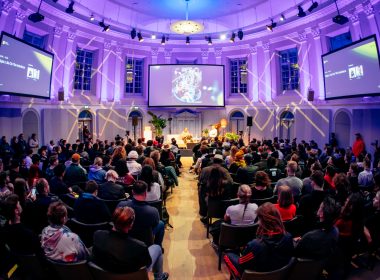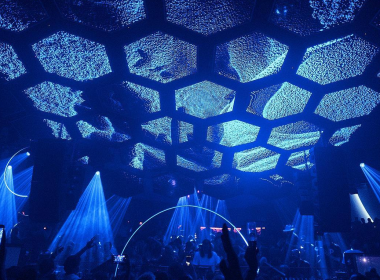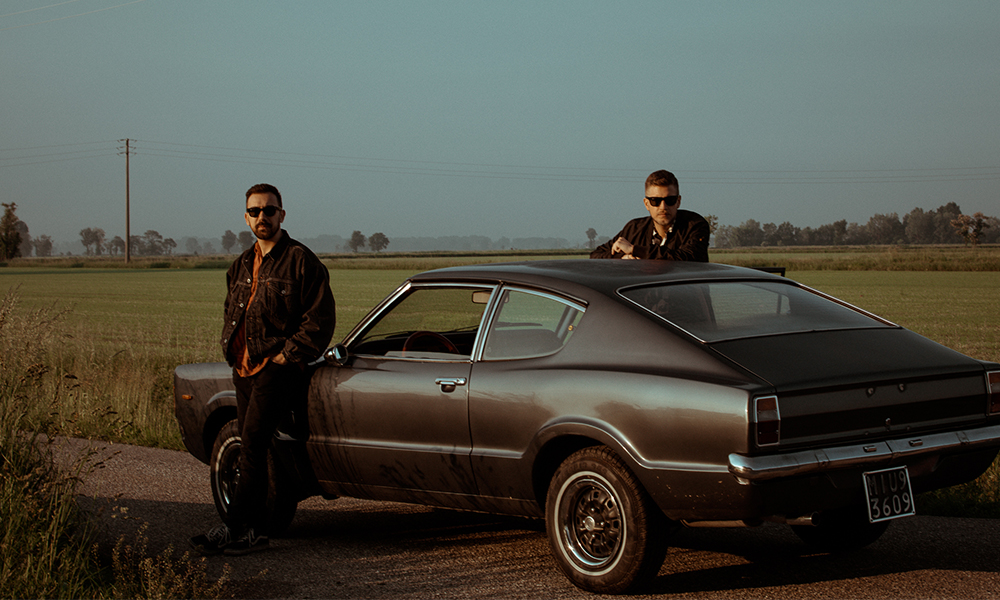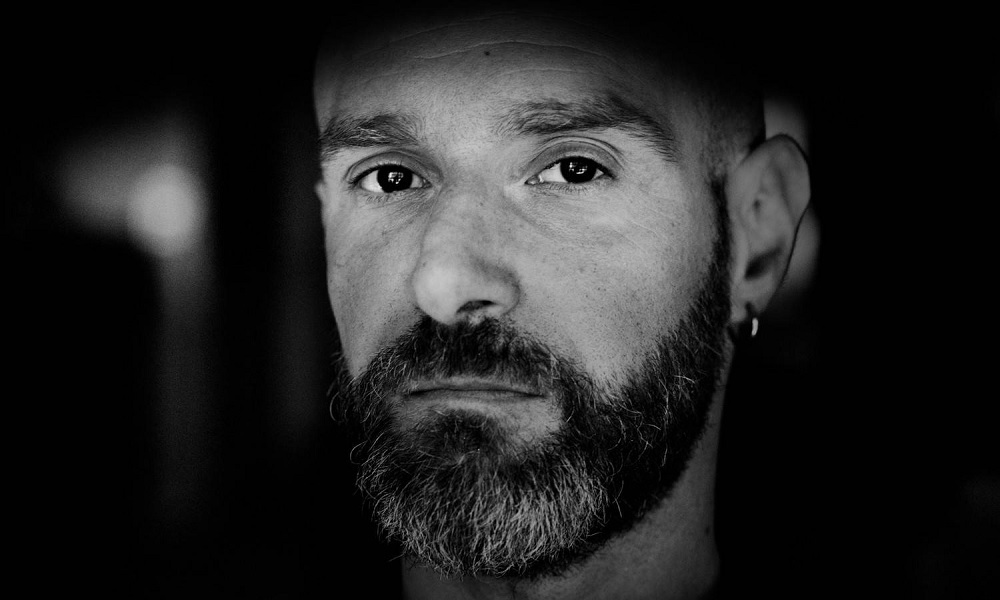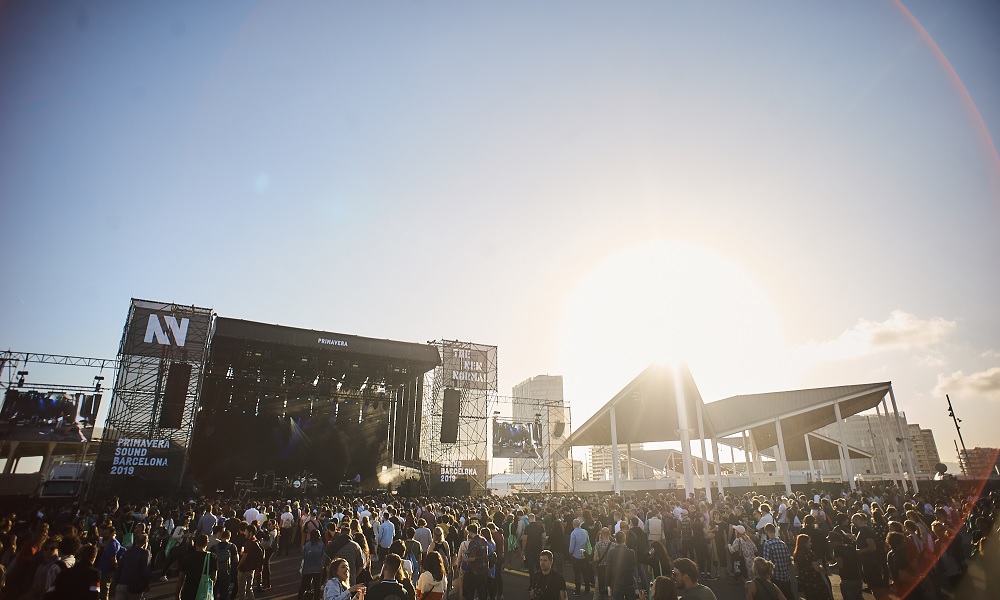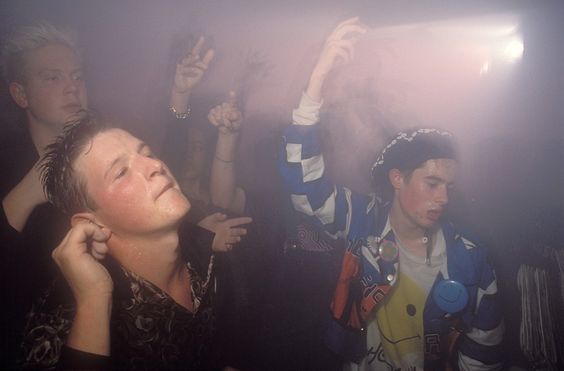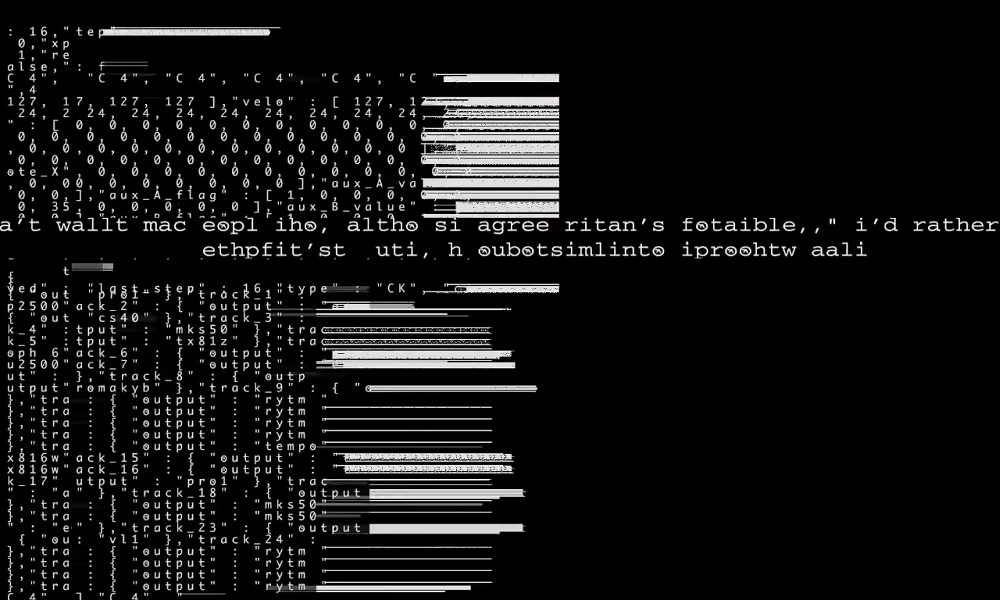Modular Project is a young duo from Milan who’s getting known and appreciated thanks to a distinctive and eclectic sound. Their style is influenced by the typical ’80s New Wave and Rock sounds, and their productions have been noticed by many experts of the industry. We had a chat with them about how the project was born and which are their ideas for the future.
Your project started in 2014 and can be considered relatively new. How did you meet and how did everything start?
We met playing as residents at a party outside Milan. Our sound was very similar and more than once we happened to play the same tracks. For these points in common, after a season playing together, we decided to give life to the duo Modular Project. From the end of 2013 until the middle of 2014 we closed ourselves in the studio, putting aside all the gigs and dedicating ourselves exclusively to producing. Our first release on Off Recordings, in 2015, officialized everything. Leaf was our first big EP and it also contained two excellent remixes, amongst which the one of Benjamin Fröhlich, of Permanent Vacation. At the same time, we became the resident DJs of VOLT, in Milan, where we played with artists such as Mano Le Tough, Barnt, Ellen Allien, Scuba, Davide Squillace, Peggy Gou, Kiasmos e Nastia.
What do you mainly work with and how is your studio organized?
To produce, we use vintage analogue synthesizers, a big passion of ours, and we work entirely in analogue. The sound is very different from the digital one and, even though there are some excellent plugins, we prefer producing using machines, touching and playing with them. Amongst the synthesizers we use we have the Polysix, the Juno 106, a Fender Rhodes, a Microkorg and the MS-20 mini. Amongst the drum machines we use instead, there are the 707 and the TR8 which emulates the 909, the 808 and all the other similar drum machines.
How did your collaboration with the label Rebirth Records start?
The collaboration with Rebirth started in 2015 during the ADE in Amsterdam. It was quite casual because we met outside a conference. We started collaborating and, soon after, we remixed the track of Blond:ish Wizard of Love, which was published in the same compilation as Rampa and Red Axes. It was featured in the Beatport top10 Deephouse chart for over a month and this was an incredible satisfaction for us. Moreover, the track was also played by Fabio Volo in his morning radio show “Volo Del Mattino”; this made us get into the iTunes chart, between Jovanotti and U2. It was quite funny because he played our track at 9 a.m, comparing it to viagra and encouraging everyone to Shazam it.
From this collaboration you gave birth to your own Nothing is Real. Why did you feel the need of owning your own label?
The label was born from the desire and the need to express our vision of electronic music, from the desire to create something personal. Our goal has always been to stand out from the crowd. We’re building a team of artists, also involving some high-level producers for the remixes, to achieve something unique. Despite being born just two years ago, thanks to Rebirth we receive feedbacks from Laurent Garnier, Âme, Dixon, Adriatique and many others. It’s really satisfying. In this industry, every highly respected artist generally has his/her own label, on which he/she can publish everything that others may not have wanted to publish. Production evaluations are often very subjective and therefore, a label not always is in line with what it receives. As we would like to stay rather underground, we try to focus and push on quality, giving space to emerging talents and not yet known artists.
Your sound evokes the 80’s New Wave and Rock sounds. Who are your sources of inspiration? Are you very influenced by this genre?
We are very influenced by New Wave Synth Pop. Our sound has a lot to do with the past, with the particular sound of synthesizers. It’s a rather electronic sound, with robotic voices and that almost “sci-fi touch”, typical of the music of those years. The bands that influenced us the most are Depeche Mode and Joy Division; we really admire these artists and we owe a lot to them.
Who are your favourite artists in the electronic music world?
In the electronic world, a project we admire a lot is that of Kraftwerk. They are brilliant in everything they do and their live 3D is something that you should see at least once in your life if you appreciate this genre. As for the world of clubbing, at the moment the artists we mostly appreciate are Red Axes. They are the ones who get closer to a sound influenced by rock and new wave and you can perceive it both in their productions and in their live performances. Other artists we admire a lot are Kasper Bjørke and Sexy Lazer; thanks to them we came out on HNF Music with our 1981 EP.
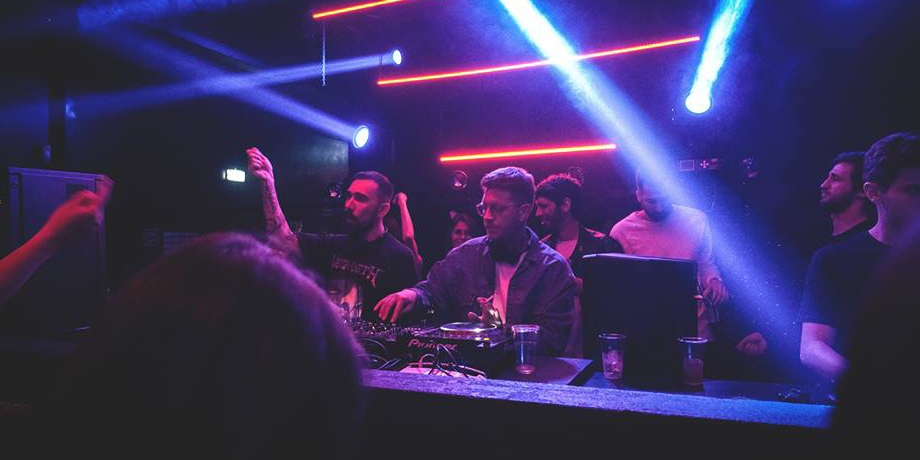
Yours is a still quite an unexplored genre of electronic music and it could be considered a niche. Do you mind not hearing this kind of music more often in clubs?
Actually, no, we like the fact that you can’t listen to it so easily. Since our sound is a bit different from what people are used to, it allows us to surprise them. Despite the fact that the sonorities come from the past, it seems to be a “new” music genre. Audiences appreciate this diversity: the unexpected electric guitar during a set has an incredible effect on the crowd. Maybe because it appeals to emotions and strikes more compared to a purely digital sound!
You’ve played in many European cities including Berlin, London, Amsterdam and Copenhagen. Which are the main differences you’ve noticed compared to the Italian scene?
The public is surely the first thing. In the rest of Europe, people are more familiar with our kind of music – which, as mentioned before, is quite a niche. We are able to express ourselves at our best and we can dare more – they understand we are offering a different quality. In Italy instead, we have noticed that the best parties are those in the provinces. In Milan, and in general in the big cities, people do not even seem to know why they are partying. Clubbing has become almost a “must” – it’s cool to be in certain situations and environments.
Another detail we noticed in other European cities, is the importance given to the sound system. It’s not always like this, of course, but it can happen that clubs which aren’t the best in terms of aesthetics have a really impeccable sound.
Considering your sound, are you planning a live show?
Yes, the live show is in our plans and we have been working on it for a long time. We’d like to come up with something special, something with which we can amaze people, as we already manage to do with our DJ sets. We do not settle that easily, we are very exigent; this slows things down. We want to study it really well before launching it because we have an articulated project in mind. With the productions and the label, unfortunately, we don’t have much time, but it’s definitely one of our future objectives.
What are your plans for the future? Are there new upcoming releases?
As already mentioned, in our future projects there is a live show; if everything goes according to plans, by next year it should be ready. Speaking of releases instead, we have a big one arriving next month on Rebirth Records. For the original, we collaborated with Eleonora, a Russian singer who lives in Berlin and collaborates with us on our label. The release will be completed by the two edits of Perel and Autarkic. We are also working on the next EP, but it’s still a “work in progress”.
0


